【技术领袖峰会】Olivier FONTAINE:OICA部署情况、UNECE监管介绍
2025年7月10-12日,2025中国汽车论坛在上海嘉定举办。本届论坛主题为“提质向新,智赢未来”,由“闭门峰会、大会论坛、技术领袖峰会、多场主题论坛、N场行业发布、主题参观活动”等15场会议和若干配套活动构成,各场会议围绕汽车行业热点重点话题,探索方向,引领未来。其中,在7月11日下午举办的“第七届全球汽车技术发展领袖峰会”上,OICA Technical Director Olivier FONTAINE先生发表精彩演讲。以下内容为现场演讲主要内容:
非常感谢付秘书长的邀请,能够给予我这样一个机会在这里发言。
同时,我们也非常荣幸参与中国汽车论坛,向所有领导、各位企业家、专家,致以我的问候。今天的会议非常重要,包括上午的大会以及现在的会议,感谢翻译让我们能够在这里理解大家的讲话。
我的报告有三部分:
一、国际汽车制造商协会(OICA)是怎样的组织?
(OICA)这个组织叫做“国际汽车制造商协会”,它旨在汇聚全球汽车行业的代表来发声,同时也是唯一在联合国被授权代表汽车工业和世界汽车制造商权益的非政府组织。我们也有一些相关活动和具体工作,包括UNECE相关活动以及关于碳减排相关的工作。同时我们也参与了UNECE的决策和法规的设计工作。我们的成员单位中也包括来自中国、美国等汽车大国的以及来自像比利时这样较小国家的,还有卢森堡的参与。
我们目前工作中有这样一些部分,比如参与WP.29论坛工作组会议,同时我们也有6个具体的工作领域。主要的工作包括提升行业效率以及在过去二、三十年的基础上,我们在被动安全方面已经实现了一些目标,接下来延伸向主动安全、政策法规、网络安全等方面,逐渐地实现我们的目标。现在也包括自动驾驶系统。
现在自动驾驶正在不断地发展,人们也在随着技术不断地进步,也在思考如何能够更好地通过法规设计进行更好地监管。如PPT所示,如何通过设计更好地监管一辆车,并促进推广。在WP.29这页中可以看到,这部分是关于自动驾驶、自主驾驶以及网联车辆相关的驾驶工作领域,驾驶员驾驶汽车时,如果系统可以接管驾驶行为,什么样的情况下是不被允许的、什么样的情况下是可以的,这方面我们也要进行具体的规划。
二、自动驾驶系统的法规以及国际的协调
同时,我们也有一个关于各国相关法规统一协调的规划时间线。这个时间线能够促使自动驾驶系统的部署。我们希望2026年底或2027年初,形成有关国际法规允许进行自动驾驶系统的部署。这个法规中有6个关键的部分。
第一部分有关于DDT[1]的要求。在数据测试的基础上,要保证动态驾驶任务是否能够满足用户的需求,包括(驾驶)控制权的转移、如何从系统转到驾驶员手中以及系统的接管。
第二部分,(汽车)制造商必须证明他们的系统是安全的。同时我们还有一个很有挑战的部分就是安全体系的评估。而且制造商需要能够清晰确认,车辆在公共道路上行驶时如何以合适的方式进行测试以及什么样的仿真和模拟是可以被接受的。这比如(车辆)在实际运行中的监控以及车辆进行道路部署实测,包括采集无论是正常条件下还是故障条件下的工作情况数据。这个系统同时也必须遵守交通法规,这需要在各国之间进行统一协调。这一点现在已经成为车辆设计的一部分,因为在车辆自动驾驶辅助系统之中必须融入遵守交通法规的设计。
另外,由于自动驾驶技术所产生的新的监管问题,我们要管理的不仅是对于制造商的监管,还要包括对于数据的采集。
接下来这一部分是关于UNECE相关的法规。
三、UNECE法规。
UNECE是联合国欧洲经济委员会,它也是一个在联合国的框架之下的一个国际组织,它致力于构建全球化的法规体系,而且在这里我们共同签订了《1958协议》、《1998协议》,这都是具有代表性的国际协议。
现在我们有68个国家签署了这个UNECE协定,他们来自各个大洲和(全球)主要(汽车)市场。目前有些国家还没有参与,比如非洲和南美洲国家。我们也在努力促使这些国家加入UNECE的平台。我认为UNECE不仅仅是一个欧洲国家的平台,它(现在已经)是一个更广泛的国际平台。
同时,我们也希望能够在协调统一法规的过程中,能够让更多国家从中获益。可以看到,做好法规体系协调的好处是毋庸置疑的,它可以让我们在同一个领域之中以统一的方式满足(全球更多)用户的需求,而且我们希望能够将更好的用户认可、更低排放、更高安全保障的车辆给到用户,并且可以以此为目的,更好地服务于(汽车)制造商的客户与用户。这会给每个人、每一方都带来益处,也能够减少监管机构的负担,也可以推动更大规模的经济发展。
我们在WP.1和WP.29的框架之下进行这个工作。过去十年我们组织了一系列的会议,包括在日内瓦,以及最近一次几个月前我们在曼谷进行的会议,再接下来还会在南美洲举办一些会议,我们也会采用不同的管理工具进行法规监管体系的进一步推广。
另外,在WP.1以及OICA的活动,我们希望能够有中国的参与,包括在欧洲发展的以及在中国的(汽车)制造商,也能够更多地参与到这个系统当中。我们会提供监管方面的信息以及管理的工具,希望能够在汽车电动化以及自动驾驶等领域,能够更广泛地进行合作。
我们也有一个覆盖比较广的系统网络,预计从2027年开始会有更多的新途径在全球协调框架下开始执行。因此我们希望能够在UNECE框架之下,更好地实现法规的协调,促进全球车辆更好地进行减排,我们也希望可以采用更高效的工具。
再次感谢大家聆听我的演讲,谢谢!
(注:本文根据现场速记整理,未经演讲嘉宾审阅)
附英文版:
On July 10-12, 2025, the 2025 China Automotive Forum was held in Jiading, Shanghai. The theme of this year's forum is "Improving Quality to Innovation, Winning the Future with Wisdom", which consists of 15 conferences and several supporting activities, including "closed-door summits, conference forums, technology leaders summits, multiple theme forums, N industry releases, and theme visits". Among them, Mr. Olivier FONTAINE, Technical Director of OICA, delivered a wonderful speech at the "7th Global Automotive Technology Development Leaders Summit" held on the afternoon of July 11. The following is the main content of the live speech:
Thank you very much Secretary-General Fu for inviting me to speak here for such an opportunity.
At the same time, we are also very honored to participate in the China Automotive Forum, and I extend my greetings to all leaders, entrepreneurs and experts. Today's meeting is very interesting, both in the morning and in the current session, and I thank the interpreters for making it possible for us to understand what we are saying here.
My presentation has three parts:
1. What is the organization of the International Automobile Manufacturers Association (OICA)?
The International Organization of Automobile Manufacturers (OICA) is an organization that brings together representatives of the global automotive industry and is the only non-governmental organization authorized to represent the automotive industry and the world's automakers at the United Nations. We also have some related activities and specific work, including UNECE related activities and work related to carbon reduction. We are also involved in the decision-making and design of UNECE's regulations. Our membership also includes participants from major automotive countries such as China and the United States, as well as from smaller countries such as Belgium and Luxembourg.
as the main part of our work is currently the participation in the WP.29 Forum Working Group and its six specific areas of work. The main work includes improving the efficiency of the industry and on the basis of the past two or three decades, we have achieved some goals in passive safety, and then extended to active safety, policies and regulations, cybersecurity, etc., and gradually achieve our goals. Now it also includes autonomous driving systems.
Now that autonomous driving is constantly evolving, people are also thinking about how they can better promote the automated driving through regulatory design as technology continues to advance. As shown in the PPT, how to better regulate a vehicle through design and usage. As you can see on the slide, the safe deployment of the Automated Driving Systems is based on two pillars: respecting the design requirements and the use requirements.
2. Regulations and international harmonization of autonomous driving systems
At the same time, we also have a planning timeline for the harmonization of relevant regulations in various countries. This timeline can facilitate the deployment of autonomous driving systems. We hope that by the end of 2026 or early 2027, international regulations will be in place that allow for the deployment of autonomous driving systems. There are 6 key parts to this regulation.
The first part has requirements for DDT[2]. On the basis of data testing, it is necessary to ensure that the dynamic driving tasks meet the relevant technical requirements.
In the second part, we address needs of the user, including the transfer of control (driving), how to transfer from the system to the driver, and the takeover of the system.
In the third part, the (automobile) manufacturer must prove that their system is safe.
In the fourth section, we also have a very challenging part of the evaluation of the safety management system, where the manufacturer himself is assessed.
The fifth part address the testing: the vehicles are tested when driving on public roads, on test tracks and by simulations.
The sixth section includes the monitoring of vehicles in actual operation and the measurement of vehicles on the road, including the collection of data on the operating conditions under both normal and fault conditions.
Two aspects are of particular importance: The system must also comply with traffic laws, which requires harmonization across countries. the traffic rule is now part of the design of the vehicle, as it is necessary to incorporate a design that complies with traffic laws in the vehicle's automated driving system.
In addition, due to the new regulatory issues arising from autonomous driving technology, we need to manage not only the regulation of manufacturers, but also the collection of data.
The next section is on the promotion of UNECE regulations.
3. Exporting the UNECE regulatory model.
UNECE means the United Nations Economic Commission for Europe, which has become an international organization under the framework of the United Nations, which is committed to building a global legal system, and here countries signed the "1958 Agreement" and "1998 Agreement", which are international agreements.
Now we have 68 countries that have signed this UNECE agreement, from all continents and (globally) the main (automotive) markets. Some countries are not currently participating, such as some in Africa and South America. We are also working to get these countries to join the UNECE platform. I insist UNECE is not anymore a platform for European countries, it is (now) a broader international platform.
At the same time, we hope that more countries will benefit from the harmonization of regulations. As you can see, there is no doubt about the benefits of harmonizing the regulatory system, which allows us as manufacturers to meet the needs of (more users around the world) in a unified way in the same field, and we hope to be able to give users better user benefits, lower emissions, higher safety and security vehicles, and for this purpose, to better serve the manufacturers’ customers and automobile users . This benefits everyone, including the authorities, reduces the burden on regulators, and drives a larger economy.
We are working on this under the framework of WP.1 and WP.29. Over the past 10 years, we have organized a series of conferences, mainly in Geneva, and most recently in Bangkok a few weeks ago, and hopefully in the future in South America, where we will use different regulatory tools to further promote the UNECE regulatory system.
In addition, OICA is currently supporting the participation of China in WP.29 and WP.1 activities,. OICA is willing to provide information and regulatory instruments, and we hope to be able to cooperate more broadly in areas such as vehicle electrification and autonomous driving.
OICA also have an extensive network, and it is expected that more new approaches will be implemented under the Global Harmonization Framework from 2027 onwards. Therefore, we hope that under the UNECE framework, we can better harmonize regulations and promote better emission reductions for global vehicles, and we also hope that more efficient tools can be adopted.
Thank you again for listening to me, thank you!

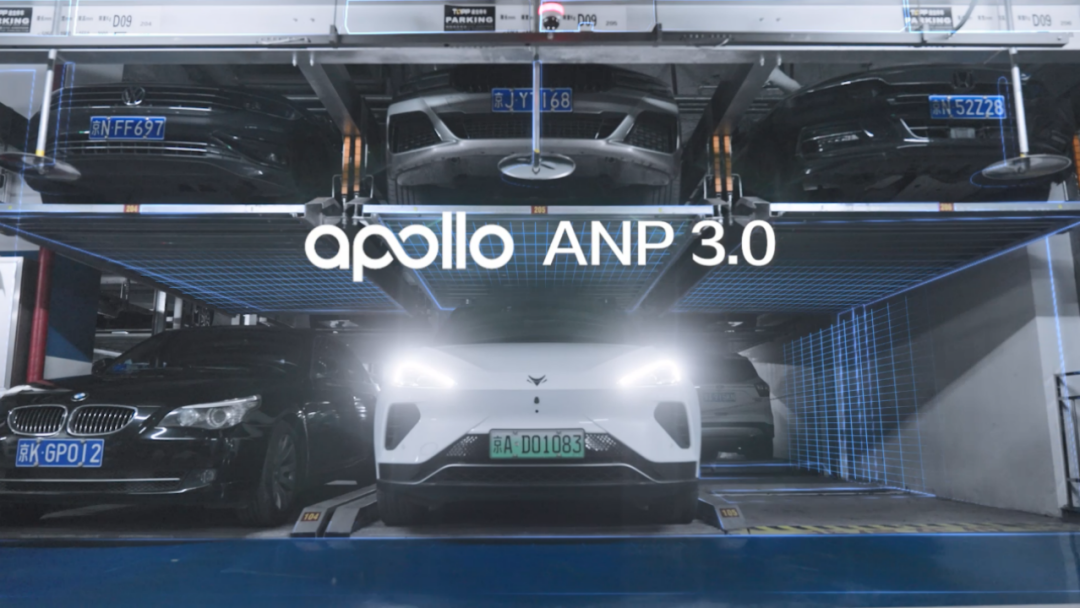
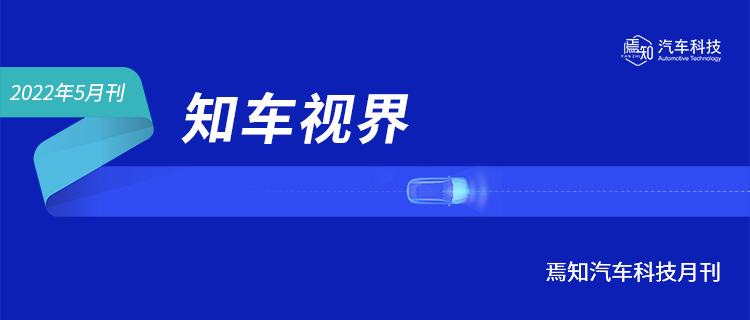
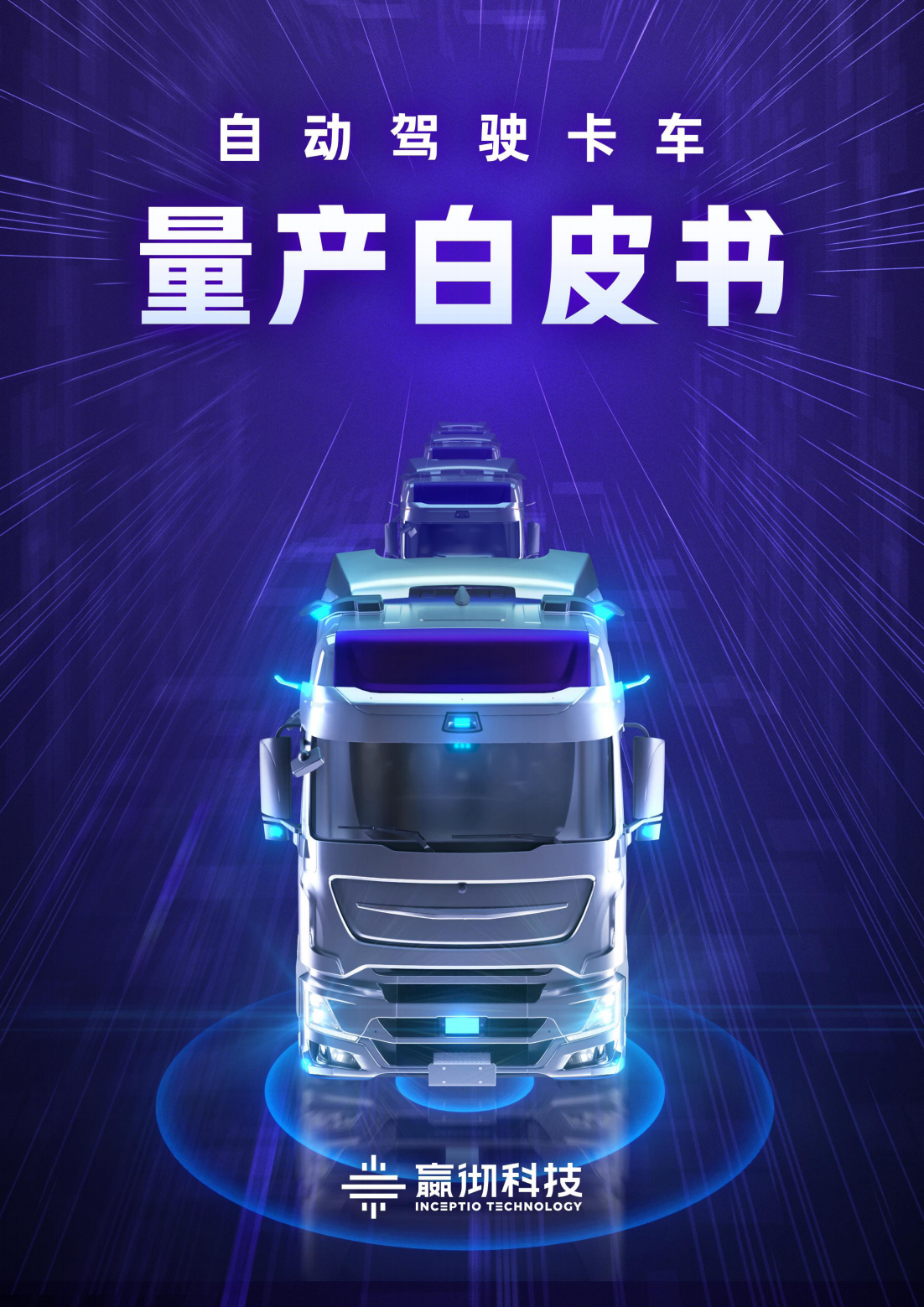
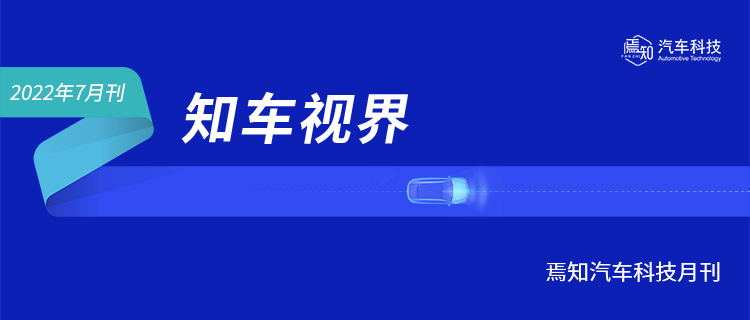
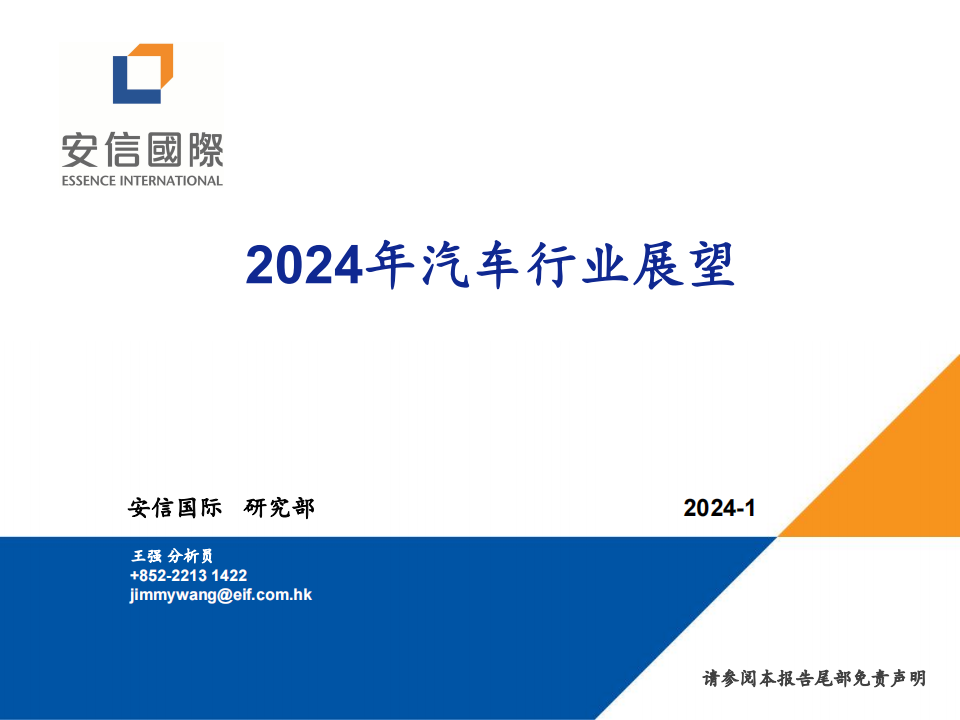
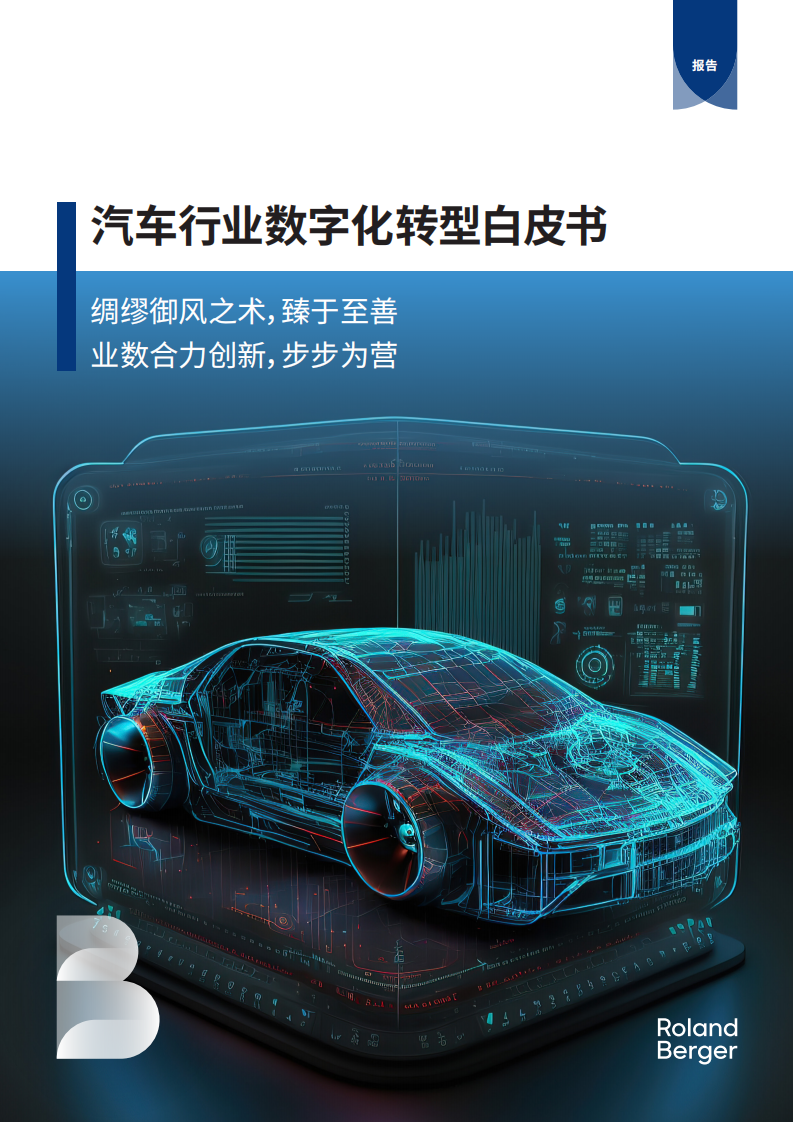
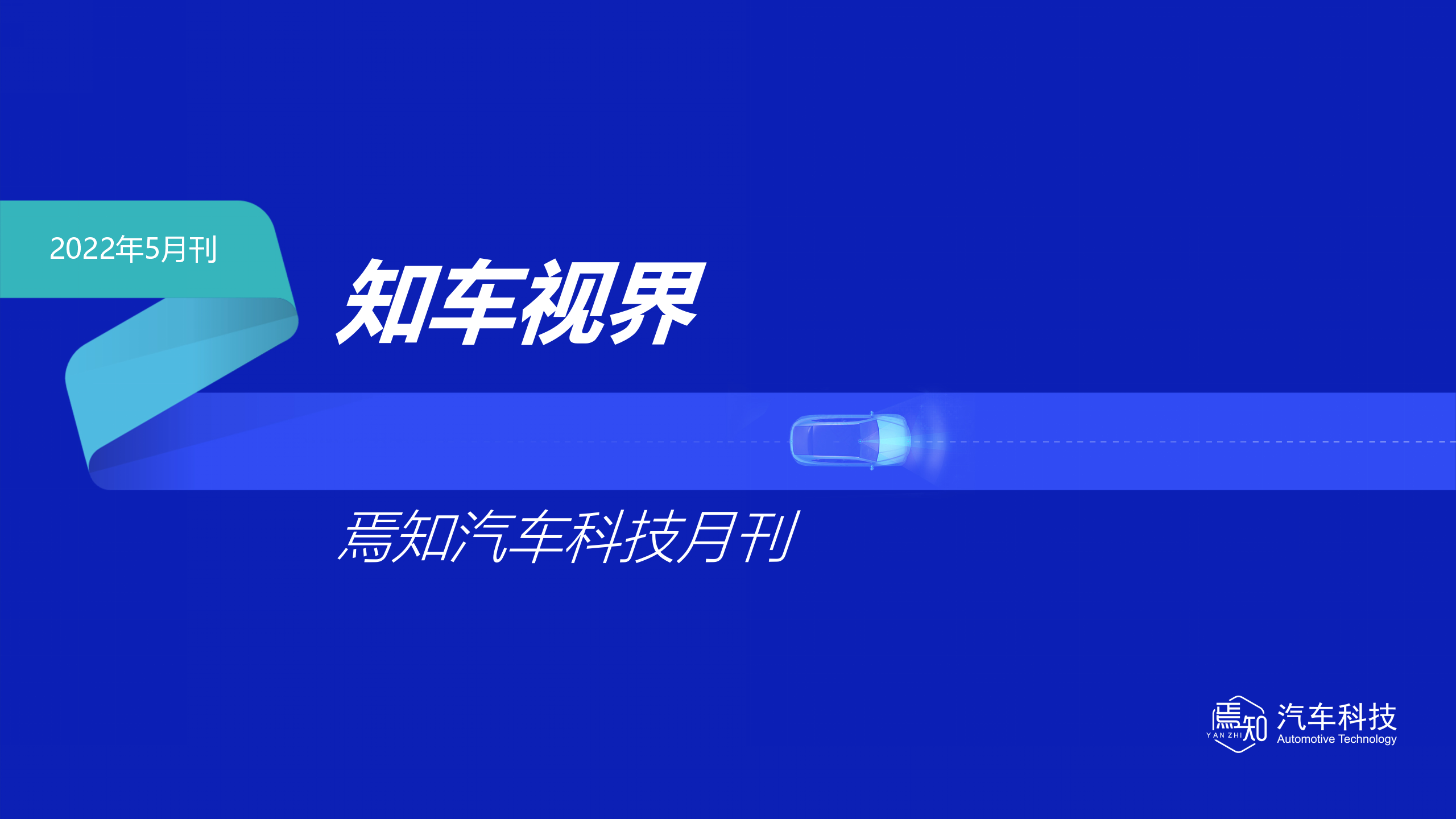
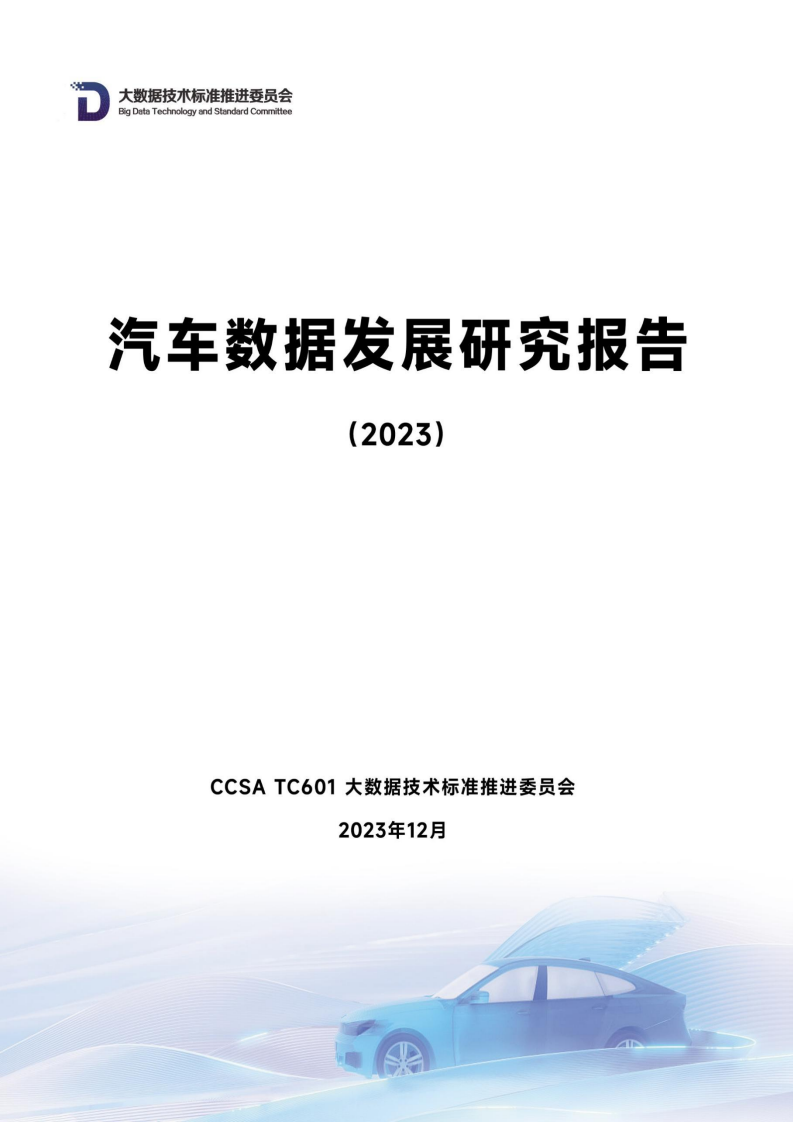
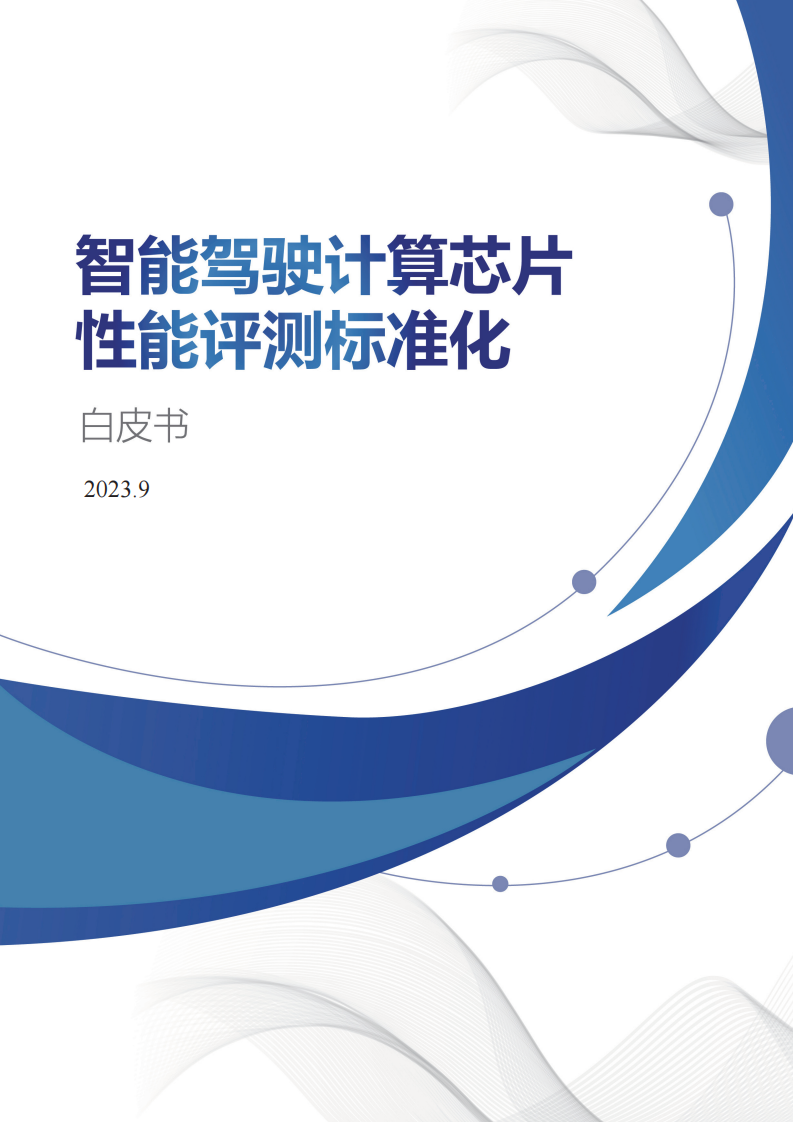
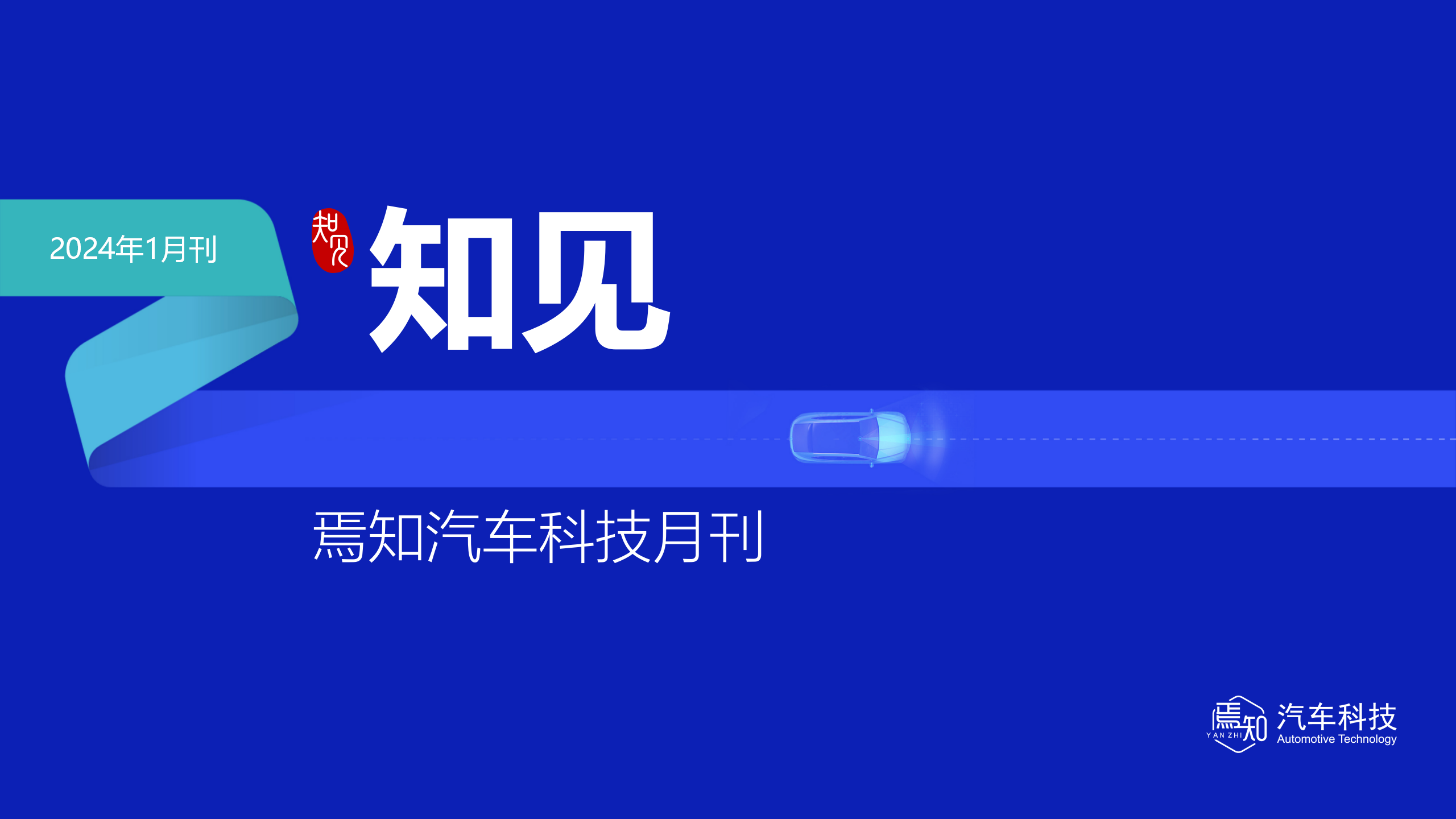


请先 登录 后再发表评论~